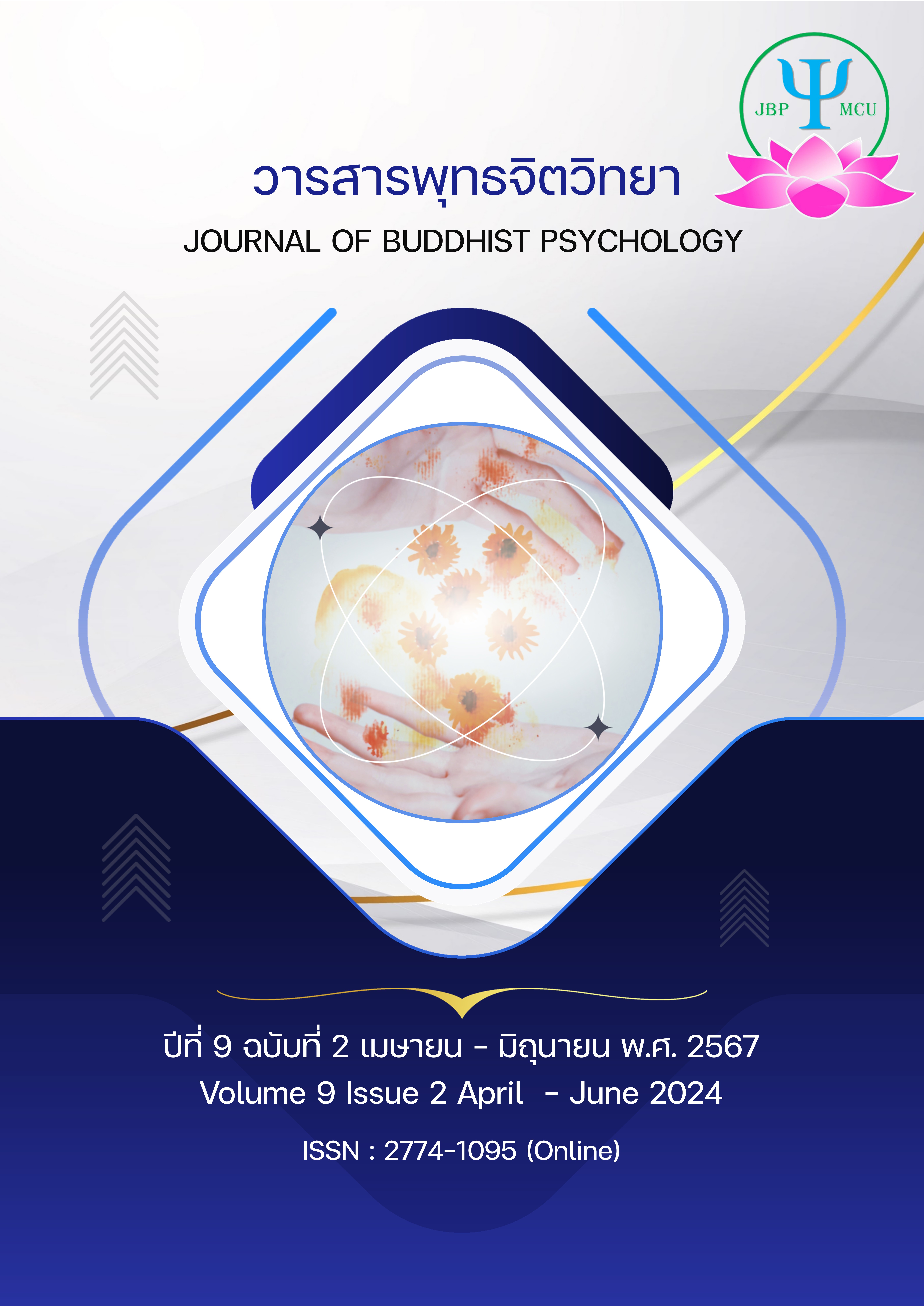นวัตกรรมเทคโนโลยีเสมือนจริงกับการสอนศิลปศึกษาทักษะที่จำเป็นในโลกยุคพลิกผัน
Main Article Content
บทคัดย่อ
บทความวิชาการฉบับนี้มีวัตถุประสงค์ เพื่อศึกษาความรู้เกี่ยวกับการใช้เทคโนโลยีเสมือนจริงสำหรับการจัดการเรียนการสอนศิลปศึกษาทักษะที่จำเป็นในโลกยุคพลิกผัน ดังนั้น กลไกในการขับเคลื่อนประเทศด้วยเทคโนโลยี ความคิดสร้างสรรค์และนวัตกรรม จำเป็นจะต้องปรับกระบวนการเรียนรู้สอดคล้องกับแนวความคิด Thailand 4.0 โดยเฉพาะในรายวิชาศิลปศึกษาในทุกระดับทั้งในระดับโรงเรียนและระดับอุดมศึกษา เพื่อเป็นตัวชี้วัดและค่าเป้าหมายความสำเร็จในการนำเทคโนโลยีใหม่ ๆ มาใช้เป็นเครื่องมือในการเพิ่มสมรรถนะการเรียนรู้ และส่งเสริมให้เกิดทักษะที่จำเป็นในโลกยุคพลิกผัน (VUCA World) กับการใช้เทคโนโลยีเสมือนจริงมาเป็นเทคโนโลยีใหม่ที่ท้าทายต่อการพัฒนาการเรียนการสอนในการนำมาประยุกต์ใช้ให้มีศักยภาพที่สูงมากขึ้น ได้แก่ 1) สามารถแก้ไขปัญหาการทำกิจกรรมการเรียนรู้ในโลกจริงไม่ได้ 2) สามารถขยายขอบเขตของความคิดสร้างสรรค์ให้เกิดกับผู้เรียนได้ไม่สิ้นสุด 3) ช่วยส่งเสริมให้ผู้เรียนเพิ่มความเข้าใจในการใช้งานเทคโนโลยีดิจิทัล 4) สามารถพัฒนาผลสัมฤทธิ์ทางการเรียนของผู้เรียนให้สูงขึ้นได้ 5) สร้างความพึงพอใจของผู้เรียนที่มีต่อสื่อประกอบการสอนในหลายเนื้อหาวิชาในการเชื่อมโยงความรู้ใหม่ 6) สามารถอธิบายสิ่งที่เข้าใจยากและเป็นนามธรรมให้เป็นรูปธรรมได้ และ 7) สร้างอาชีพและโอกาสในการพัฒนาทักษะชีวิตสำหรับการเรียนรู้แห่งศตวรรษที่ 21 อีกทั้งยังเป็นข้อมูลเบื้องต้นในการสืบค้นข้อมูลสำหรับนักวิจัยสามารถนำไปใช้เป็นข้อมูลอ้างอิงในการทำวิจัยในขั้นต่อไป
Article Details

อนุญาตภายใต้เงื่อนไข Creative Commons Attribution-NonCommercial-NoDerivatives 4.0 International License.
เอกสารอ้างอิง
นภาภรณ์ ธัญญา. (2563). การพัฒนาหลักสูตรฝึกอบรมเพื่อส่งเสริมทักษะการออกแบบการเรียนรู้ในศตวรรษที่ 21 ด้วยกระบวนการชุมชนการเรียนรู้ทางวิชาชีพสำหรับครู สังกัดสำนักงานเขตพื้นที่การศึกษาประถมศึกษาสุพรรณบุรีเขต 2.วารสารสังคมศาสตร์และมานุษยวิทยาเชิงพุทธ,6(12),347-359.
เนาวนิตย์ สงคราม.(2557). ผลของการจัดการเรียนรู้ตามแนวคิดการเรียนรู้เชิงรุกและแนวคิดการเรียนการสอนบนเว็บแบบผสมผสานเพื่อการออกแบบการศึกษานอกสถานที่เสมือนและส่งเสริมความคิดสร้างสรรค์ของนักศึกษาครุศาสตร์ศึกษาศาสตร์ระดับปริญญาบัณฑิต.วารสารมหาวิทยาลัยศิลปากร, 10(2), 82-95.
วิวัฒน์ มีสุวรรณ์. (2554). การเรียนรู้ด้วยการสร้างโลกเสมือนผสานโลกจริง. วารสารศึกษาศาสตร์มหาวิทยาลัยนเรศวร, 13(2), 119-127.
สำนักงานเลขาธิการสภาการศึกษา. (2561b). สภาวการณ์การศึกษาไทย พ.ศ.2559/2560 แนวทางปฏิรูปการศึกษาไทยเพื่อก้าวสู่ยุค Thailand 4.0. กรุงเทพฯ: พริกหวานกราฟฟิค.
อดิศร ศิริ และคณะ (2565). ผลการจัดการเรียนรู้ตามแนวคิดปรากฏการณ์เป็นฐานร่วมกับสื่อประสมเพื่อส่งเสริมความคิดวิเคราะห์ ของนักศึกษาระดับปริญญาตรี มหาวิทยาลัยสงขลานครินทร์ วิทยาเขตปัตตานี.วารสารพุทธจิตวิทยา,7(2),128-141.
Cohen, M. R., & Mule, L. A. (2019). Collaborative Pedagogy in a Design Thinking Education Course. Journal of Scholarly Teaching,14(1),29 -42.
Gange, R. M. (1970). The condition of learning (2nd ed.). New York: Holt Rinchart and Winston.
Radu, I. (2014). Augmented reality in education: A meta-review and cross-mediaanalysis. Personal and Ubiquitous Computing, 18(6), 1533-1543.
Yahya, S., Ahmad, E., & Jalil, K. (2010). The definition and characteristics of ubiquitous learning: A discussion. International journal of education and development using information and communication technology, 6(1), 117-127.
Yuen, S. C.-Y., Yaoyuneyong, G., & Johnson, E. (2011). Augmented reality: An overview and five directions for AR in education. Journal of Educational Technology Development and Exchange (JETDE), 4(1), 11.
Zhou, F., Lim Duh, H.B. Billinghurst, M. (2008). Trends in Augmented Reality Tracking, Interaction and Display. A Review of Ten Years of ISMAR IEEE International Symposium on Mixed and Augmented Reality, 15-18 September, Cambridge. 193-200.


